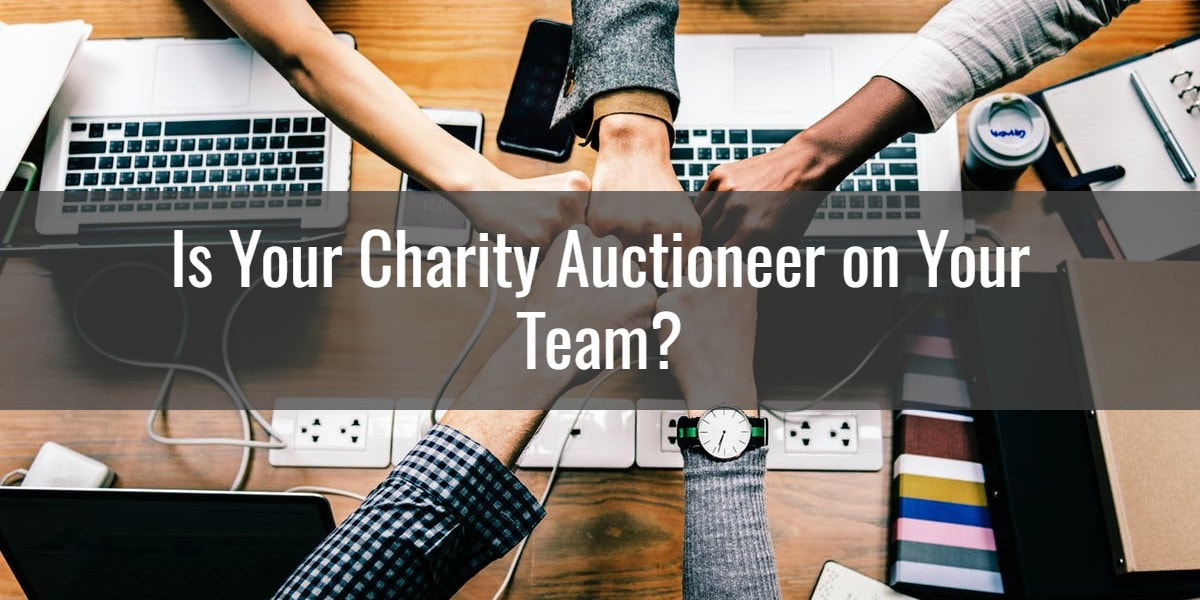The reality is, many charity auctioneers are in this business to make money for themselves. The biggest feel good moment of their night is when you hand them a check.
The thing is, we do our best work when we put our own needs aside and focus entirely on the needs of the nonprofit.
Here’s how to know if your auctioneer is really on your team:
They always work in the best interest of the nonprofit and their donors. Their focus is not on how much they will earn for the evening, but on how much they can raise for you.
They make your donors feel appreciated and loved for their generosity. They do this regardless of the donor’s capacity to give. Minor donors are just as important as major donors. Everyone who gives should be celebrated. Everyone who volunteers should be celebrated.
They’re honest. I am honest about what my clients need and don’t need for their event, every step of the way. I am honest about what I think the event can achieve. I am honest about what they are doing right and what they could do better. As charity auctioneers, our job is to be completely honest and transparent.
They offer free advice. Any charity auctioneer worth their salt will give you free advice over the phone before you fork over any money or sign a contract. If an auctioneer says, “If you were my client, I could help you with that,” they are trying to get you to sign up for their services regardless of if they are the right fit for you.
They tell you what to look for in a charity auctioneer. I am up front about the qualities that I think make for a good charity auctioneer. I tell all of my potential clients to watch my videos, and the videos of anyone else they are considering, before they make their final decision. If they feel I’m a good fit, they should pick me. If any part of them feels that I’m the wrong fit for the event, they should go with someone else. They don’t always pick me. This puts the nonprofit’s needs above my personal money-making capacity.
Here’s how to know if your auctioneer is not on your team:
They promise you the world. They say they can raise you millions of dollars when you normally raise $250k. They make promises without understanding the nuances of your nonprofit and your fundraising event.
They don’t care about metrics and data. If your auctioneer is basing their promises on nothing—no metrics, no numbers, no data—run and hide. They are making it up. Your charity auctioneer should always look at your numbers before providing an estimate of how much you can raise at your event. Always. People lie, numbers don’t.
They don’t give you options. It’s one way or no way. Fundraising isn’t a one size fits all proposition. There are always different options for every aspect of each event. If your auctioneer says there isn’t, they are lying to you. A lack of options betrays a lack of flexibility on the part of the auctioneer, or suggests they don’t understand fundraising enough to customize and tailor their service to your event.
Hiring the right charity auctioneer for your event is important. Look for someone who goes out of their way to research your organization, who understands your mission and values. Watch video of potential charity auctioneers in action to see if they are right for you. The right charity auctioneer is out there, you just have to find them.









 RSS Feed
RSS Feed